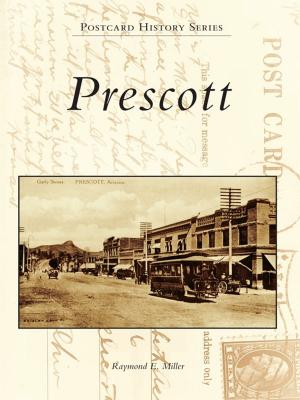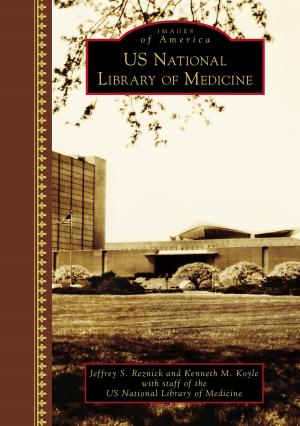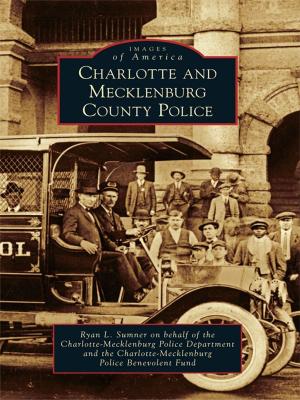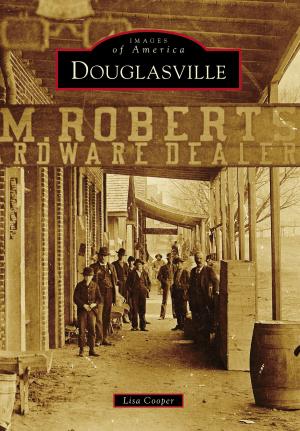Washington County
Nonfiction, Art & Architecture, Photography, Pictorials, Travel, History, Business & Finance, Economics, Economic History| Author: | Kathy Haley Buhrman | ISBN: | 9781439663431 |
| Publisher: | Arcadia Publishing Inc. | Publication: | October 30, 2017 |
| Imprint: | Arcadia Publishing | Language: | English |
| Author: | Kathy Haley Buhrman |
| ISBN: | 9781439663431 |
| Publisher: | Arcadia Publishing Inc. |
| Publication: | October 30, 2017 |
| Imprint: | Arcadia Publishing |
| Language: | English |
The area that would become Washington County was first settled by the explorers, trappers, and fur traders who traveled by steamboat along the Missouri River to an area inhabited by the Otoe, Missouri, and Omaha Indians. These settlers were pioneers of German, English, Danish, and Irish ancestry who migrated west in search of a better life. They came by steamboat, flatboat ferry, the occasional canoe, on horseback, in wagon teams, and sometimes by foot, venturing into the vast great plains of the frontier. They staked their claims, built sod and hewn-log homes, and traveled on the first post roads using old Indian trails. From the timberland along the river, they pushed westward into the lush rolling hills of red top, timothy, clover, and prairie grasses and tilled the virgin soil to build their futures. It would be another 15 years before the railroad broke ground. These brave men and women journeyed westward, traveling with all their possessions, into the untamed territory that they would later call home.
The area that would become Washington County was first settled by the explorers, trappers, and fur traders who traveled by steamboat along the Missouri River to an area inhabited by the Otoe, Missouri, and Omaha Indians. These settlers were pioneers of German, English, Danish, and Irish ancestry who migrated west in search of a better life. They came by steamboat, flatboat ferry, the occasional canoe, on horseback, in wagon teams, and sometimes by foot, venturing into the vast great plains of the frontier. They staked their claims, built sod and hewn-log homes, and traveled on the first post roads using old Indian trails. From the timberland along the river, they pushed westward into the lush rolling hills of red top, timothy, clover, and prairie grasses and tilled the virgin soil to build their futures. It would be another 15 years before the railroad broke ground. These brave men and women journeyed westward, traveling with all their possessions, into the untamed territory that they would later call home.















